as confused as ever
brigarif Khan
14 years ago
Featured Answer
Comments (20)
jodik_gw
14 years agomariava7
14 years agoRelated Professionals
Jackson Landscape Contractors · Anderson Landscape Contractors · Chesapeake Ranch Estates Landscape Contractors · Concord Landscape Contractors · East Lake-Orient Park Landscape Contractors · Elkridge Landscape Contractors · Kettering Landscape Contractors · North Canton Landscape Contractors · North Highlands Landscape Contractors · Red Oak Landscape Contractors · Vancouver Landscape Contractors · Weymouth Landscape Contractors · Lauderdale Lakes Landscape Contractors · Reisterstown Landscape Contractors · Pearland Swimming Pool Builderstugbrethil
14 years agobrigarif Khan
14 years agojodik_gw
14 years agohoustonpat
14 years agojim_thomerson
14 years agohoustonpat
14 years agojodik_gw
14 years agotugbrethil
14 years agojodik_gw
14 years agohaitidoc
14 years agojodik_gw
14 years agohaitidoc
14 years agojodik_gw
14 years agohaitidoc
14 years agoPat z6 MI
14 years agojodik_gw
14 years agobrigarif Khan
14 years ago
Related Stories

GREEN BUILDINGLet’s Clear Up Some Confusion About Solar Panels
Different panel types do different things. If you want solar energy for your home, get the basics here first
Full Story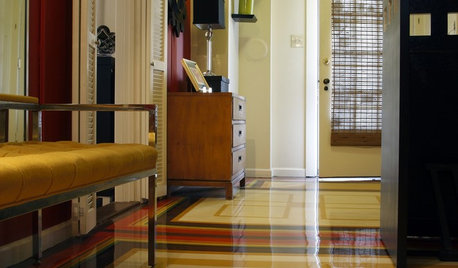
ENTRYWAYSRoom of the Day: The Most Flexible Foyer Ever
With zones for a bicycle, meditation and storage, and a hand-painted concrete floor, this entry mixes practicality and cool good looks
Full Story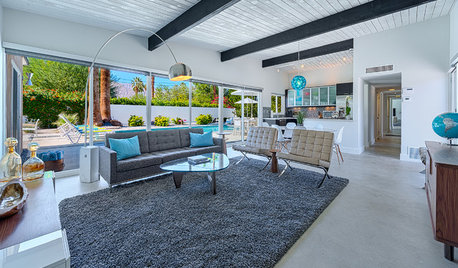
LIGHTINGBask in Lamplight's Comfort This Season
Get pro insight on lamp styles, shades and ever-confusing bulbs to enjoy the benefits of lamplight on long, cold nights
Full Story
FURNITURESmart Shopper: How to Buy a Mattress
Confusing options, hair-raising prices, haggling ... Our guide can keep you from losing sleep over mattress shopping
Full Story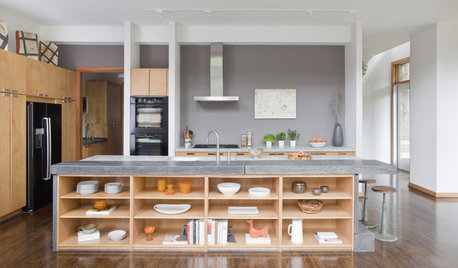
KITCHEN DESIGNHow to Design a Kitchen Island
Size, seating height, all those appliance and storage options ... here's how to clear up the kitchen island confusion
Full Story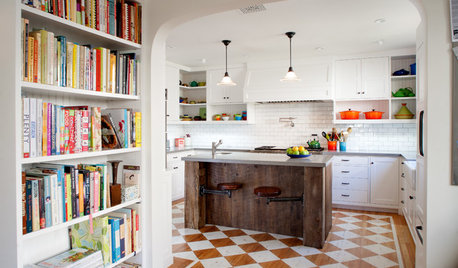
HOUZZ TOURSHouzz Tour: Better Flow for a Los Angeles Bungalow
Goodbye, confusing layout and cramped kitchen. Hello, new entryway and expansive cooking space
Full Story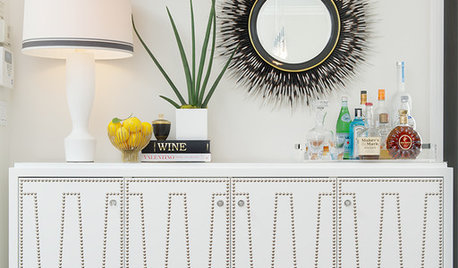
DINING ROOMSBuffet, Sideboard, Server, Credenza: What's the Difference?
Learn the definitions and details to make shopping for dining room storage furniture less confusing
Full Story
HOME TECHWould You Use Virtual Reality to Renovate Your Home?
Architecture can be confusing, but immersion in a computer-generated 3D world soon may help
Full Story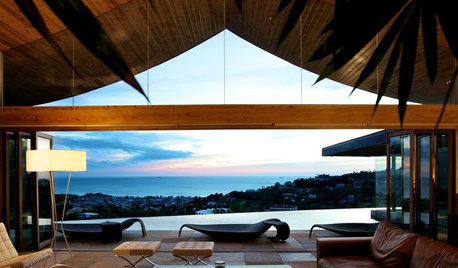
ARCHITECTURESimplicity vs. Simpleness in Architecture — and Why You Should Care
Don't confuse these two concepts; your home's beauty and ability to inspire are at stake
Full Story
COFFEE WITH AN ARCHITECTThe Brain of a Designer, in Diagrams
Ever wonder what's really going on inside the head of your architect or designer? Now's your chance to find out
Full StoryMore Discussions






sarmadsaeed